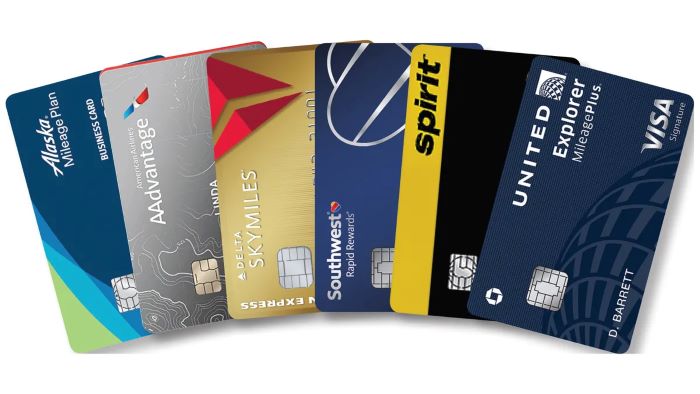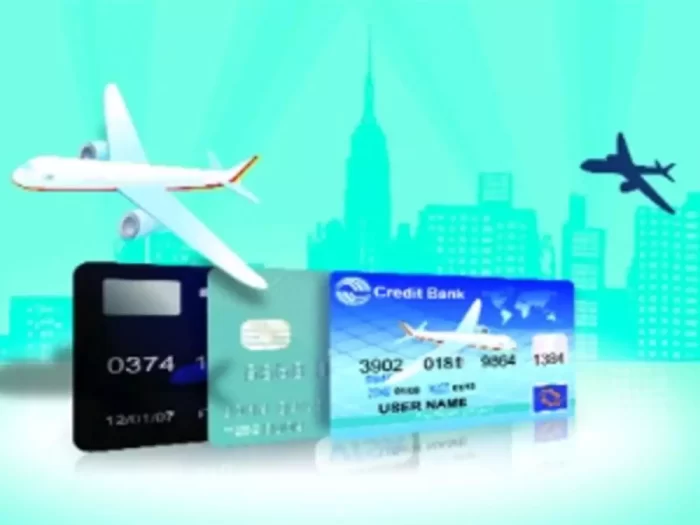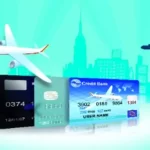Airline co-branded credit cards have become increasingly popular over the past few decades. These credit cards are offered in partnership between an airline company and a bank or financial institution. Cardholders can earn rewards points and miles with every purchase that can be redeemed for free flights and other benefits. However, these cards also come with annual fees and foreign transaction charges that cardholders need to consider. In this article we talk about The Pros and Cons of Airline Co-Branded Credit Cards.

Table of Contents
Pros
Lucrative Sign-Up Bonuses
One of the biggest pros of airline credit cards is the sign-up bonus you can earn. Many cards offer between 25,000 – 75,000 bonus miles if you meet a minimum spending requirement within the first few months. At the higher end, this could score you a free roundtrip domestic flight or discounted international ticket. Make sure to clear the full balance before the due date.
Free Checked Bags
Most airline credit cards provide at least one free checked bag for the primary cardholder and authorized users. With checked bag fees typically costing $30 per bag, this perk can add up to huge savings for families and frequent travelers. Some cards even reimburse for in-flight food and beverage purchases.
Priority Boarding
You’ll typically receive earlier boarding group access when flying with the affiliated airline if you hold their co-branded card. This allows you to settle in and find coveted overhead bin space. Some cards also give you priority access to upgrades and preferred seating.
No Foreign Transaction Fees
One of the most annoying credit card fees is the foreign transaction fee that’s around 3% of each international purchase. Thankfully, many airline cards do not charge foreign fees making them ideal for travel abroad. Just remember Visa and Mastercard still process the charge conversion.
Cons
High Annual Fees
Annual fees on airline credit cards generally start around $95 per year and can go up to $500+ for premium cards. If you don’t fly often, earn enough rewards, or use the card perks, they might not justify the cost. However, some cards waive the fee the first year or offer statement credits to offset it.
Expiration of Miles
While many airline cards offer generous sign-up bonuses, you do need to pay attention to mileage expiration policies. Most airlines will expire your hard-earned miles if there’s no account activity after 18-24 months. This means you need to earn or redeem miles periodically.
Complex Reward Redemption
Understanding airline reward charts and redemption options can be headache-inducing. Award seat availability is limited on certain routes and dates, and “fuel surcharges” can unexpectedly increase costs. Redeeming points for flights also doesn’t usually provide the best value compared to hotel stays, merchandise etc.
Balance Transfer Restrictions
If you have existing credit card debt, airline cards likely won’t help consolidate it onto a 0% APR balance transfer offer. Most co-branded cards prohibit balance transfers or charge very high fees like 3% per transaction. This diminishes their flexibility compared to general cash back cards.
Foreign Transaction Fees
While it’s becoming more common for airline credit cards to not charge this pesky fee, some still do. Foreign transaction fees apply to any international purchase processed outside the U.S. So if you frequently travel overseas, be sure the card waives foreign transaction fees.
Should You Get an Airline Credit Card?
Airline co-branded credit cards offer valuable perks and rewards for loyal customers of that brand. However, the costs and restrictions may outweigh the benefits depending on your travel habits and financial situation. Airline cards make most sense for frequent travelers on that airline who can maximize the free checked bags, miles earnings, and redemption opportunities. Infrequent and budget travelers often get better value from general cash back or fixed-value point credit cards. As always, be sure to compare cards thoroughly and only spend what you can afford to pay back each month. I sincerely hope you find this “The Pros and Cons of Airline Co-Branded Credit Cards” article helpful.

Juliana, the author of MilesBriefs.com, is a Personal Finance Writer and Travel Rewards Expert with over 5 years of experience in the finance industry. Holding a Master’s degree in Finance, she provides in-depth insights on credit card offers, rewards programs, and financial tips to maximize travel savings. Connect with Juliana on Instagram @strategicmiles for the latest updates and tips on achieving financial and travel rewards success.









order cytotec generic – xenical 120mg tablet buy diltiazem 180mg